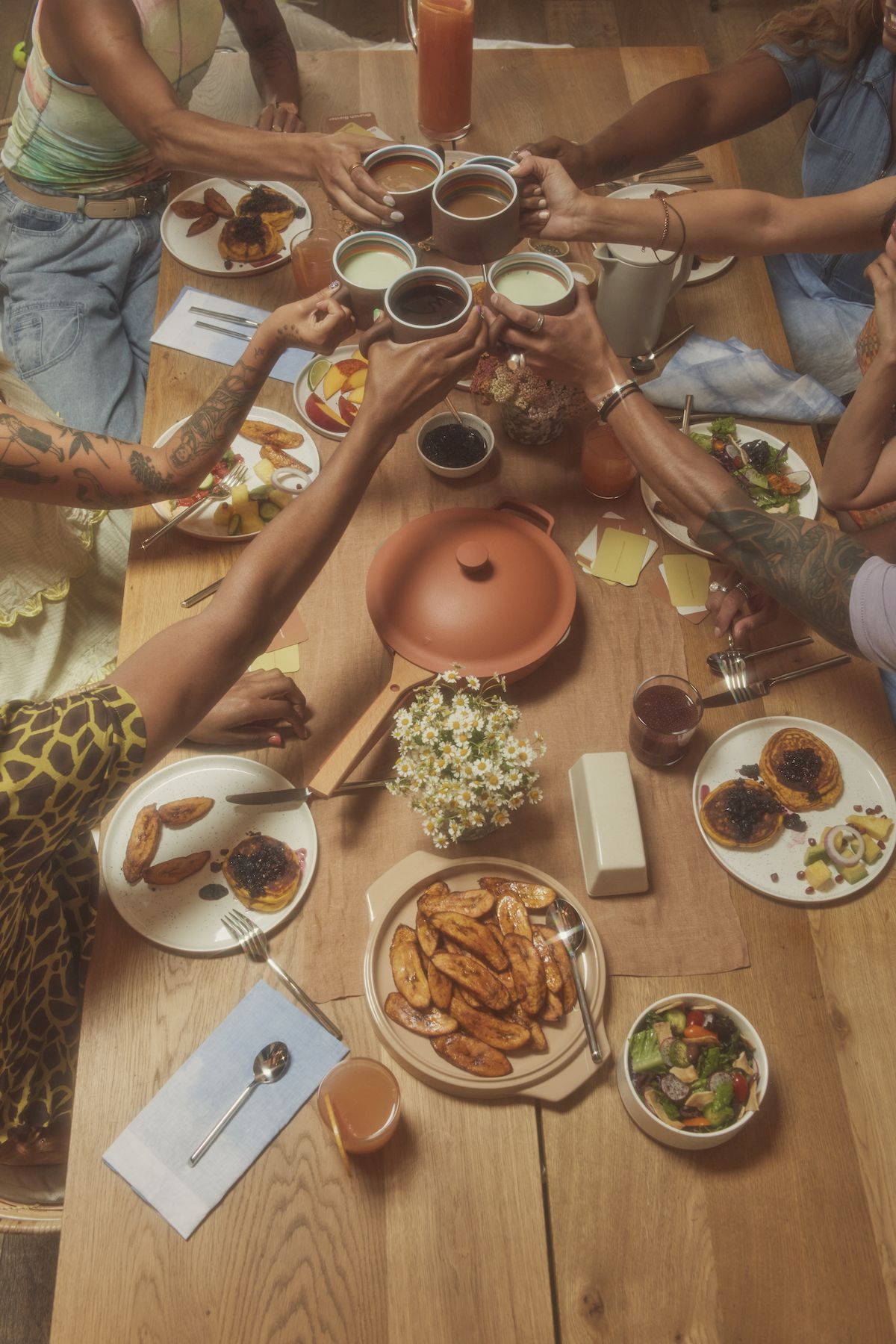The chef Joe Rolle had been working in Minneapolis restaurants for 18 years when he decided to open his own place. He asked his former co-worker, the bartender Stephen Rowe — who refined his cocktail-making skills at the city’s now-closed Marvel Bar, known for its experimental drinks — to be his partner. At the end of January, the pair opened Dario, an Italian-leaning restaurant in the city’s North Loop neighbourhood. One star of the menu is Rolle’s Doppio Ravioli, filled with half sunchoke purée and half whipped ricotta, served with brown butter, honey, fried rosemary and hazelnuts. To accompany the dish, Rowe created the Bad Apple, a cocktail featuring vermouth and Calvados. Dario’s pastas are made by hand daily in a room at the back of the restaurant. In the evening, that space, with its 14-foot butcher block table, becomes a communal dining area. In the main dining room, the interiors are textured and summery: Potted plants fill the corners, banquettes are upholstered in teal velvet and an oceanic grey-blue and, at the bar, custom-made pink stools line up like flamingos. dariorestaurant.com.
A Restaurant Where the Pasta Is Handmade and the Interiors Evoke Summer
At Dario, communal dining areas meet textured, summery interiors.
 Left: at Dario, a new restaurant in Minneapolis, the dining room has pink and teal touches. Right: the menu’s vegetable section features marinated beets with gribiche sauce and dill pickle chips. Photographs from left: Wing Ho. Right: Isabel Subtil.
Left: at Dario, a new restaurant in Minneapolis, the dining room has pink and teal touches. Right: the menu’s vegetable section features marinated beets with gribiche sauce and dill pickle chips. Photographs from left: Wing Ho. Right: Isabel Subtil. 



 Blue Ribbon, a bakery and cafe in Marrakesh, is inspired by the bounty of ingredients grown on Sanctuary Slimane, a farm outside the city. Photograph courtesy of Blue Ribbon.
Blue Ribbon, a bakery and cafe in Marrakesh, is inspired by the bounty of ingredients grown on Sanctuary Slimane, a farm outside the city. Photograph courtesy of Blue Ribbon. 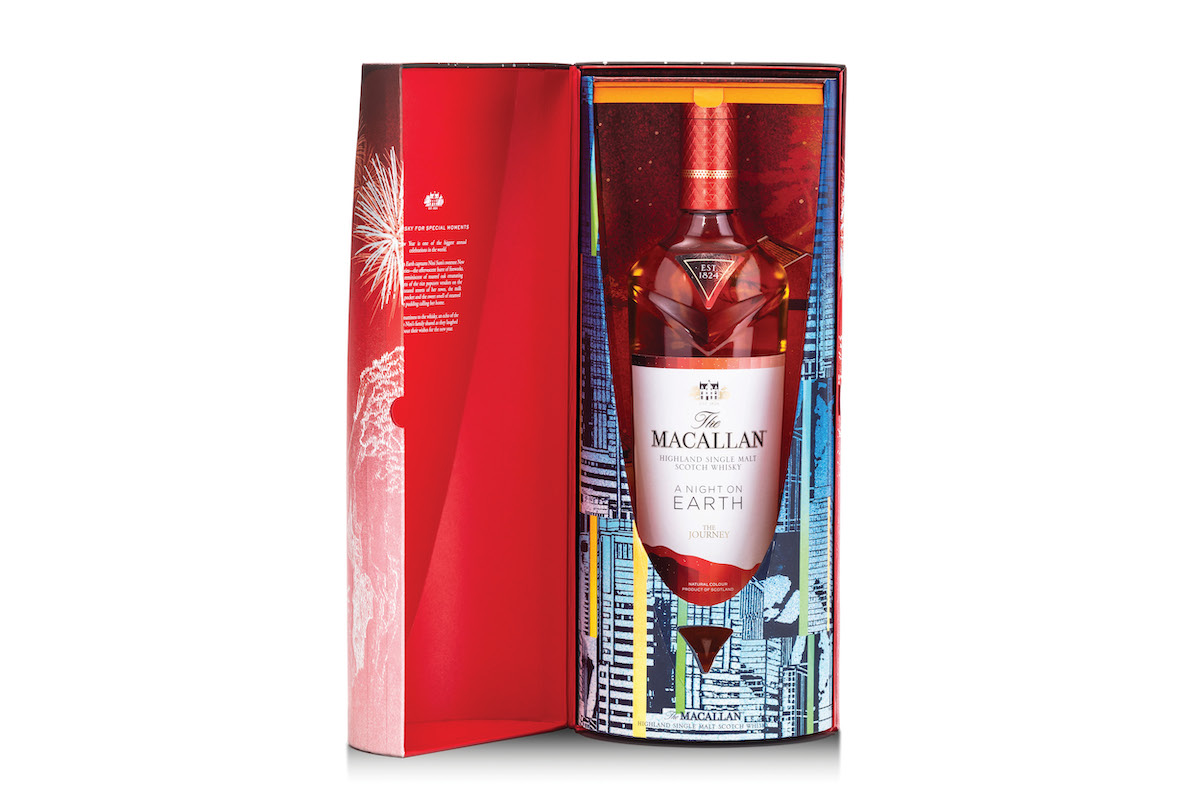 The Macallan A Night on Earth: The Journey (700ml), $235, themacallan.com. Courtesy of Macallan.
The Macallan A Night on Earth: The Journey (700ml), $235, themacallan.com. Courtesy of Macallan. 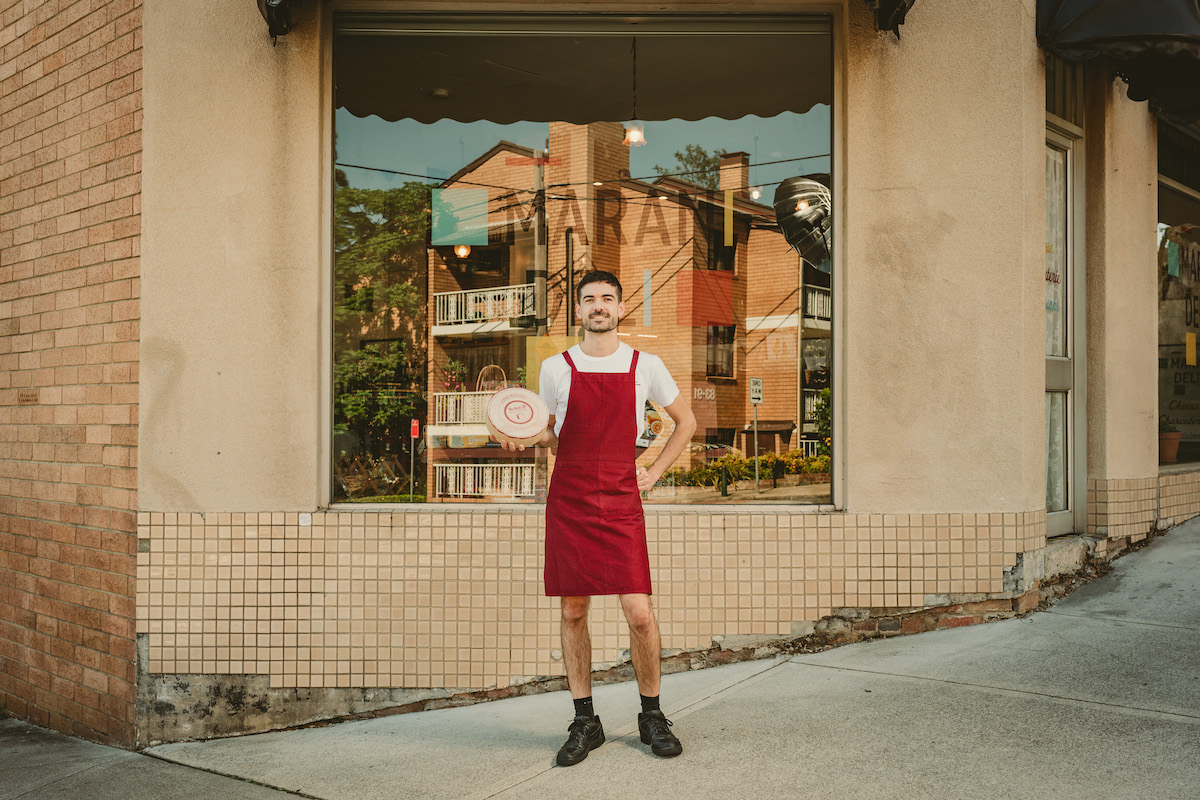 Alex Grenouiller stands in front of Marani Deli - a newly opened delicatessen in Sydney's Inner West specialising in local, Italian, French and Georgian cheese, charcuterie and provisions alongside a curated series of wine and food focused events. Photography by Dexter Kim.
Alex Grenouiller stands in front of Marani Deli - a newly opened delicatessen in Sydney's Inner West specialising in local, Italian, French and Georgian cheese, charcuterie and provisions alongside a curated series of wine and food focused events. Photography by Dexter Kim. 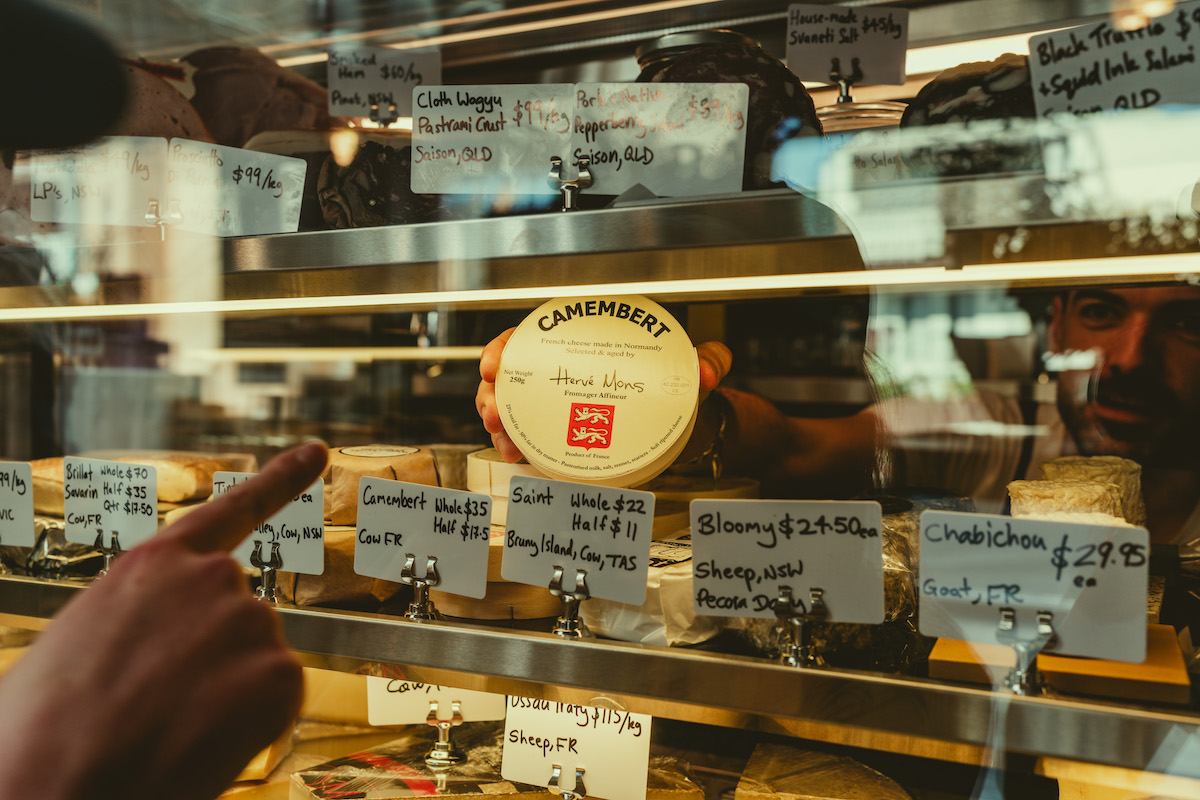




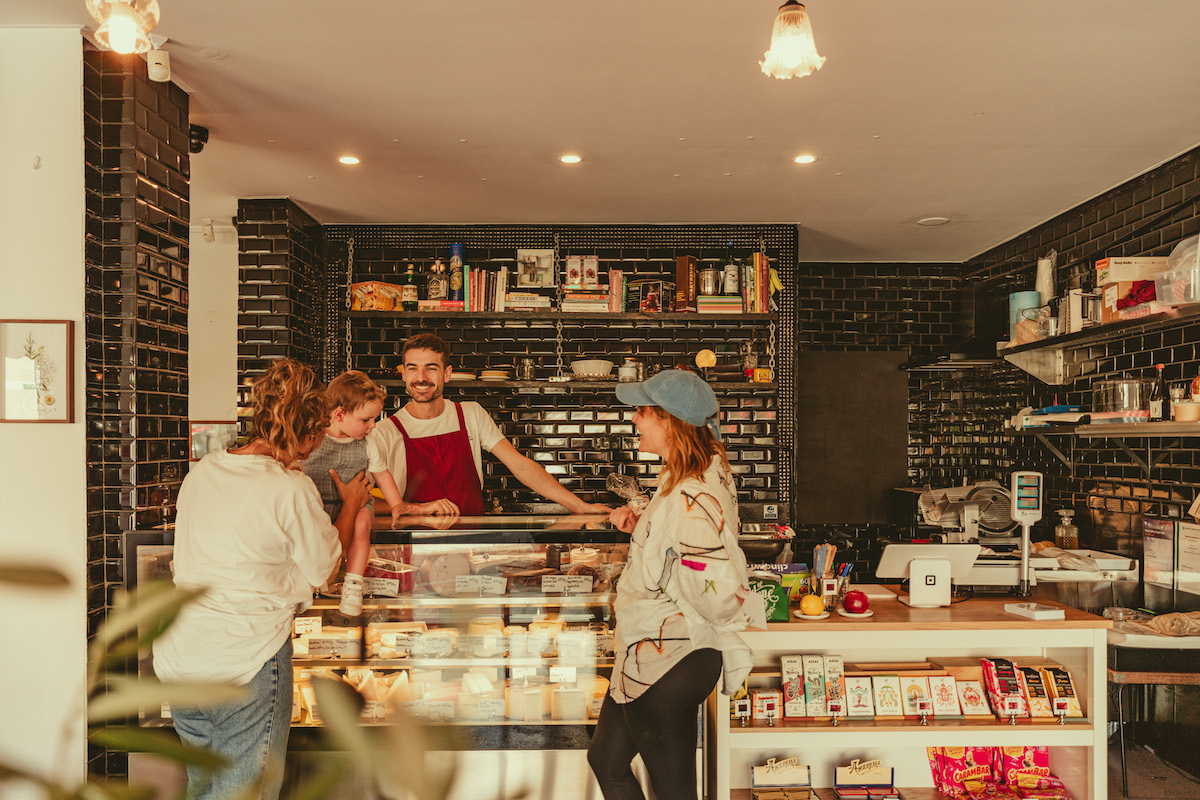
 Photograph courtesy of Smeg.
Photograph courtesy of Smeg. 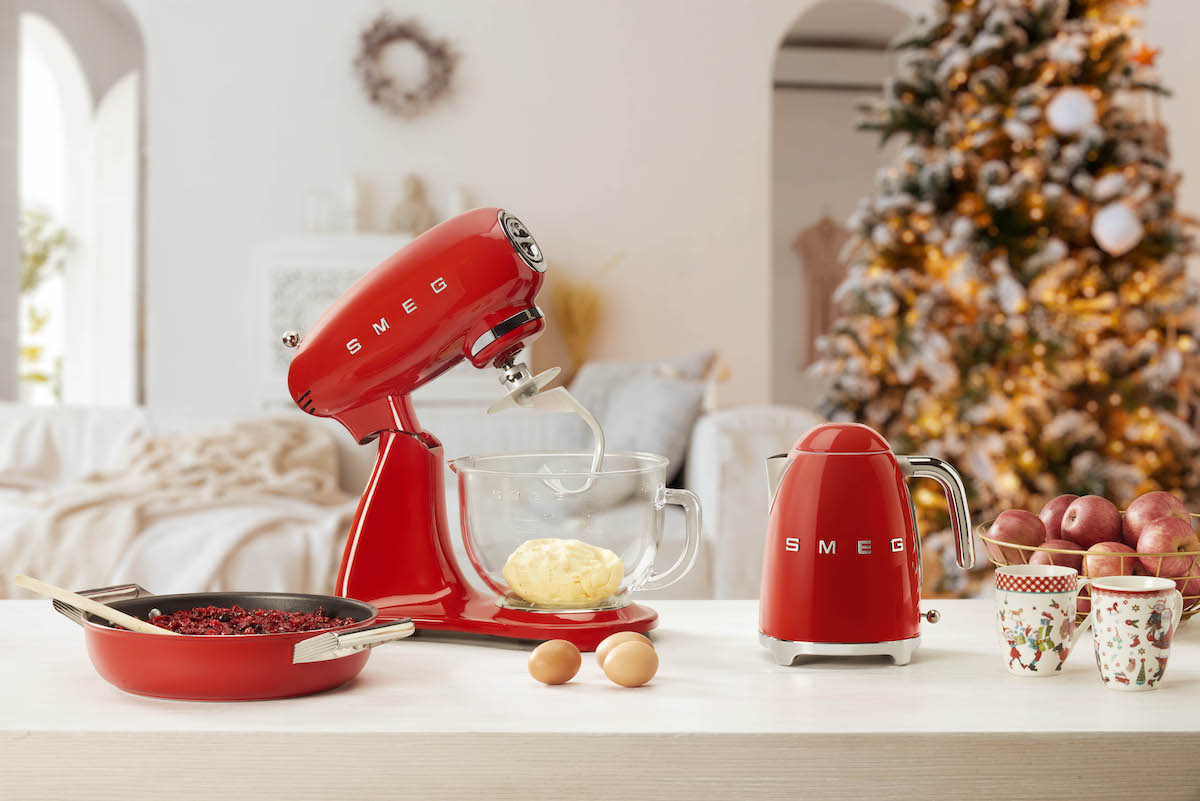

 Photograph courtesy of Our Place.
Photograph courtesy of Our Place. 


